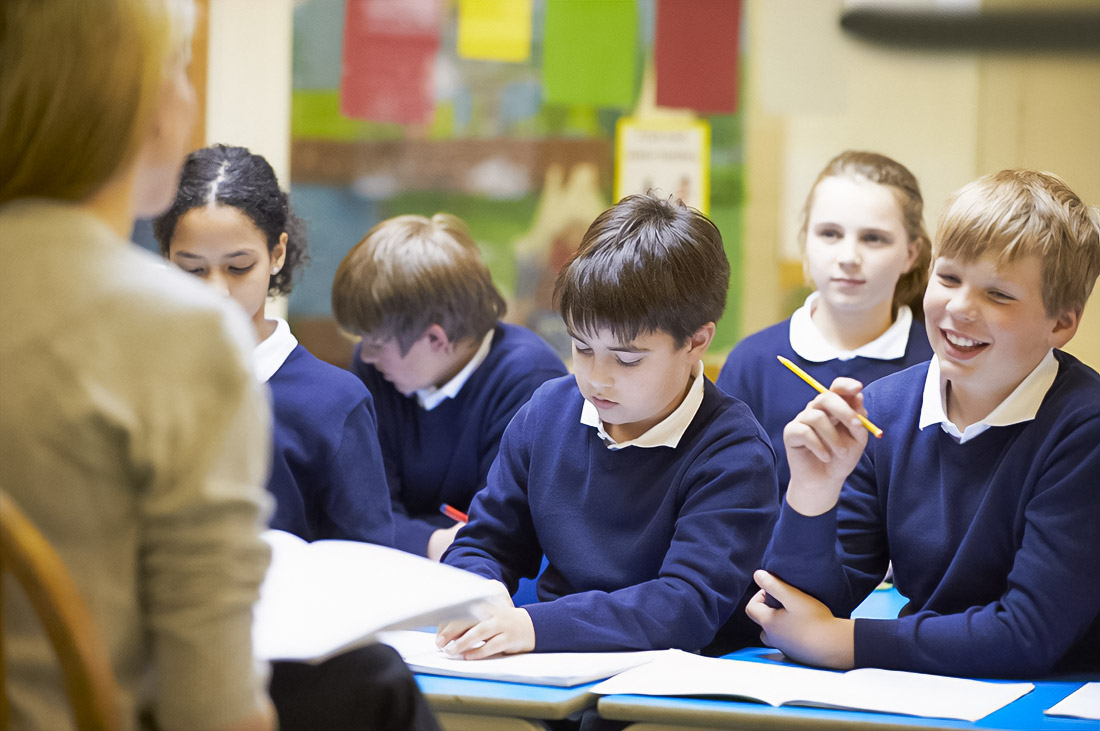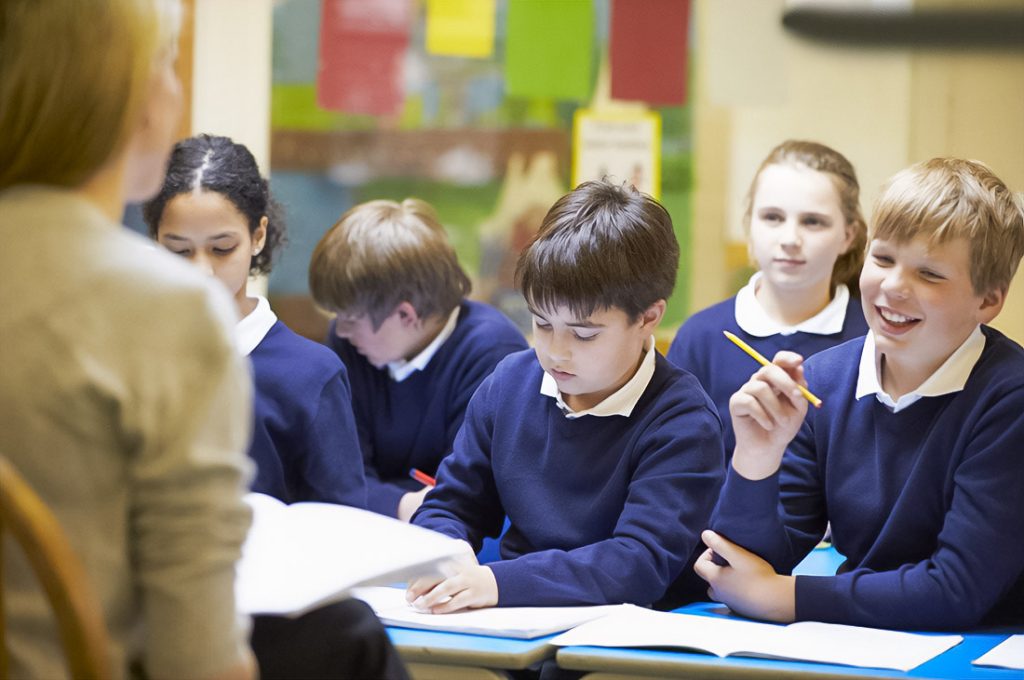Many studies demonstrate that the reduction in the number of students in class has a significant impact on their academic success. One of the most extensive studies, project STAR (Student/Teacher Achievement Ratio), conducted in the USA in the 1980s, studied classes with 13-17 students compared with groups of 22-25 students. Results showed an increase in performance, especially in primary schools. Similar studies in the United Kingdom and Australia confirmed these findings. Reduction of class on 5-10 students can increase the level of knowledge and test results by 10-20%. For obtaining detailed information about schools in the region, you can visit site schools in Ajman British curriculum.
Diving into Research: Why Class Size Matters

Small class allows teachers to give each student more time. In a class of 30 people, the teacher finds it difficult to follow each other, but in groups of 15-17 students, each gets more attention and support. This leads to a better understanding of educational material and an increase of 15% in indicators of performance. Each minute of personal communication with the teacher strengthens the process of learning.
Individual Attention: Setting Educational Process
Smaller classes create an atmosphere of comfortable communication. Students feel more confident when discussing topics and asking questions. In classes from 15-20 people, active participation can increase by 30% compared with larger groups. This forms communication skills, which have long-term value in career and life, developing critical thinking and confidence. For an understanding of the educational systems of other countries, you can study education in the UAE.
Active Participation: Inclusion of Students in Process
Smaller classes contribute to more optimal use of educational resources. Teachers can individualize the choice of educational materials and provide students with more time with laboratory and computer equipment. In groups of 15-18 people, access to these resources increases on average by 25%, creating an opportunity for more deep research and practical learning.
Effective Use of Resources
Real examples from different countries show how the reduction in the size of classes can positively influence the quality of education. Learn more about importance of education and its role in society.
Real Success Examples: Key Cases
- Finland: Average class size 20 students in primary schools demonstrates high results on international exams, such as PISA. Teachers can give more precise attention to students, which leads to stable academic achievements.
- Ronald Reagan School, Los Angeles, USA: Introduction of program reduction of classes led to a noticeable improvement in performance and growth of involvement of students.
As a result, the reduction in the size of classes has a positive impact on the educational process. It helps improve the quality of teaching and learning, increases the participation of students, and provides deeper access to resources. Constant research is necessary for the optimization of classes in different environments and cultural conditions, which is necessary to consider in the development of educational programs and policies.
Basketball fan, mother of 2, fender owner, vintage furniture lover and HTML & CSS lover. Performing at the fulcrum of modernism and programing to give life to your brand. I sometimes make random things with friends.

